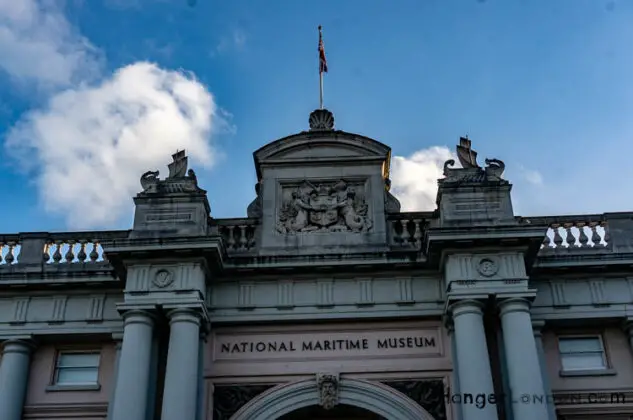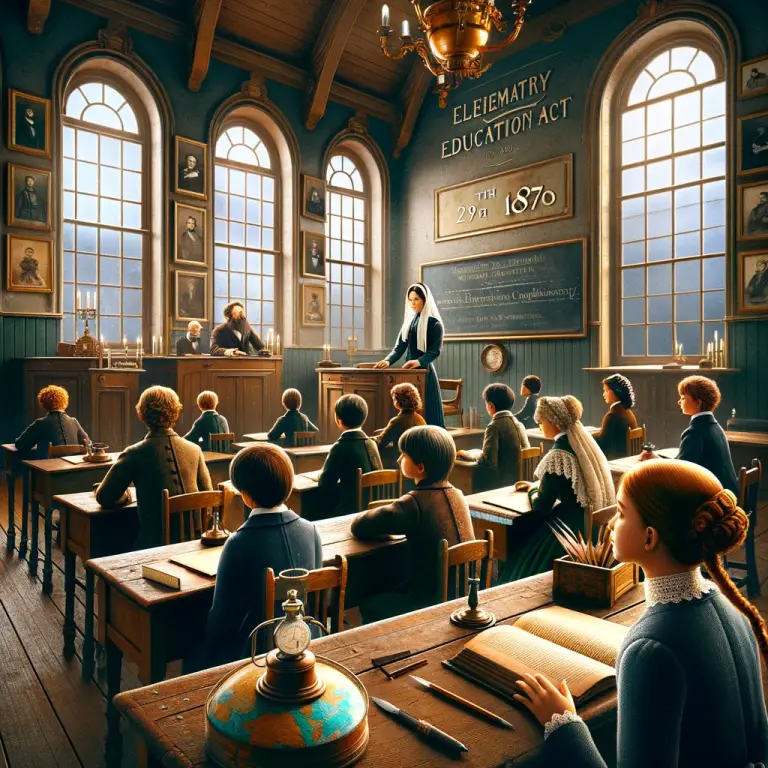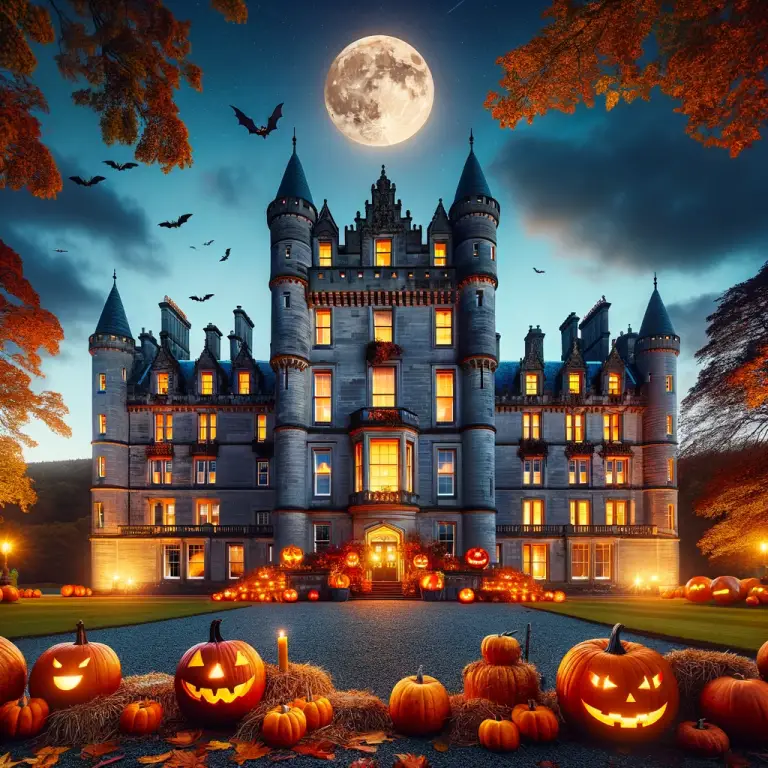The 9 historical facts of Greenwich and the National Maritime Museum brand new galleries
Greenwich is located in the bulb of the river Thames, Opposite the Isle of Dogs and if you were back in the 1600s, you would see Greenwich as a place nestled between the Royal Docks at Woolwich and Deptford. Wind the clock even further back, 1009 the Vikings raiders landed in Greenwich, In fact, the Vikings had a long connection with Kent, Sussex and London from the mid 800s.
(1) The Palace of Placentia and Henry the V’s brother
If you stand on the site of the Old Royal Naval college and wound the clock back to around 1428 to the early 1430s, you would see the manor Bellacourt, developed by Henry the V’s brother Humphry the Duke of Gloucester. Ten years later Humphrey fell out with the new Queen Margaret who was the wife of King Henry VI.
Humphrey was arrested for high treason and died in prison, or was he murdered as William Shakespear had suggested. BellaCourt was renamed the Palace of Placentia. The Palace received further enhancements and remained the principal Royal Palace for nearly 200 years.
Notable Royal events at the Palace of Placentia, Greenwich
- Birthplace of King Henry VIII (1491)
- Birthplace of Mary I (1516).
- Birthplace of Queen Elizabeth I (1533)
- The marriage of Anne of Cleves (1540)
Sadly the Palace is no longer there
(2) The Queen Elizabeth Oak, Greenwich Park
A tree in Greenwich park is known as Queen Elizabeth’s Oak”, the story goes that the Queen played there as a child
(3) Anne of Denmark and The Queen’s House 1616
The wife of James the 1st, Anne of Denmark commissioned the building of a grand villa in Greenwich by the builder Inigo Jones. The House build got as far as the lower level foundations when Ann died in 1619. Work began again 11 years later when the project was taken over by Queen of Charles the 1st Henrietta Maria.
The house was completed by 1638, just over 20 years later Charles II added some substantial changes to the first floor and by 1805 the whole building was given by the Crown to what was to become the Royal Hospital where more buildings and linked buildings created the complex seen today.
(4) Greenwich Hospital
The Royal Hospital was founded by William III in memory of his wife Queen Mary II who had championed it for Seaman. Queen Mary died of smallpox in December 1694. The Royal Charter was backdated in both their names to 25 October.
The building was designed by Sir Christopher Wren, with work and design incorporating the unfinished wing of Charles II’s 1660s palace, on Mary’s original instructions.
The Works were carried out on the four courts in 1696, completing in just over 50 years later in 1751. However. Despite this long build time, the Hospital was in use from 1705 providing residential accommodation for maimed and destitute Naval seamen, known as the Greenwich Pensioners. The largest population was recorded in 1814 when 2710 lived there, with a large number of non-live in dependants.
By the mid-1800s Britains use for a Maritime declined and the Royal Hospital closed its doors in 1869.
(5) Nelson Layed in State Painted Hall Greenwich
In a long list of historical events that took place, possibly the greatest was the lying in state of Vice Admiral Nelson in 1806. Nelson’s body lay in state in the painted hall which was a painted masterpiece decorated by Sir James Thornhill in 1708-25. Admiral Nelson was buried in St Pauls Cathedral, his body was taken from Greenwich by the river.
The Painted Hall can still be seen today
(6) The Royal Naval College is Born
Christopher Wren buildings do not die, they simply evolve into other uses. in 1873 the buildings changed from the Royal Hospital to become the new home of the Royal Naval College, relocating from Portsmouth. Greenwich became the home of Royal Navy College until 1998 when once more Wren’s buildings were ready for the new owners.
(7) The University of Greenwich
The headquarter campus of the University of Greenwich is currently housed on part of the site alongside the Trinity College of Music
(8) The Royal Observatory, how to determine accurate longitude at sea, Greenwich
The hill that overlooks Greenwich is where the Royal Observatory sits which was founded under Royal Warrant by King Charles II in 1675 for the advance in navigation and astronomy. Its one special task to solve, how to determine accurate longitude at sea, something only achieved in the 1750s. The solution was by astronomical and by means of a marine chronometer.
The Royal Observatory function moved to Sussex, leaving the Observatory up on the hill over to the Maritime Museum.
(9) The National Maritime Museum
In the late 1920s, a proposal was accepted to set up a National Maritime Museum on the site of the old Royal Hospital at Greenwich.
Sir James Caird probably the most important name associated with the National Maritime Museum was a trustee from May 1928. Cair was a successful shipping magnate and businessman. He was also behind the successful campaign to preserve Nelson’s Victory in the early 1920s. Caird support to the Museum continued to his death in 1954, leaving the Museum with the Caird Fund, which today largely finances research.
The National Maritime Museum today, and the 4 new Galleries, The Tudors, Polar Explorations and Pacific Encounters
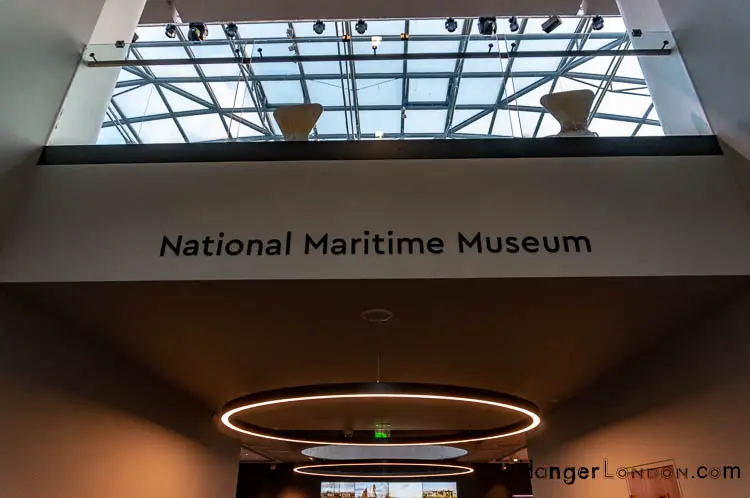
Tudor and Stuart Seafarers
Polar Worlds
Pacific Encounters
Sea Things
1. Tudor and Stuart Seafarers
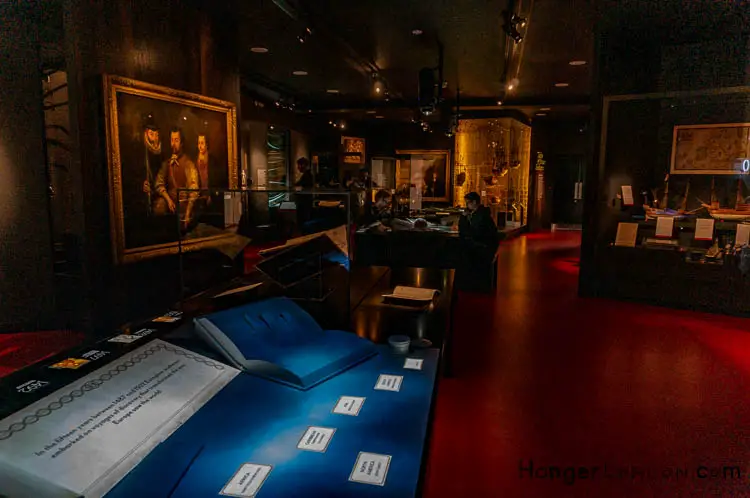
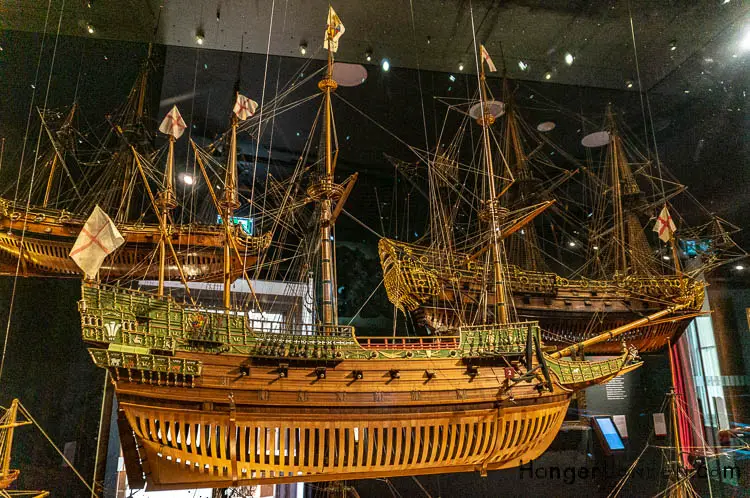
2. Polar Worlds
Extreme climates from Arctic and Antartic regions.
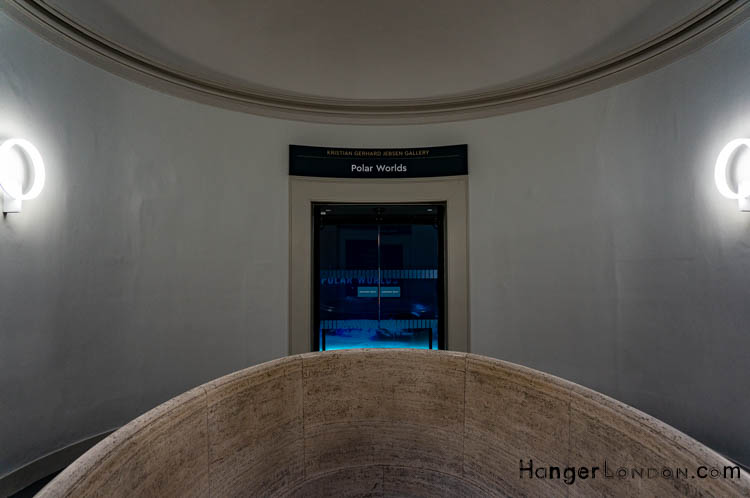
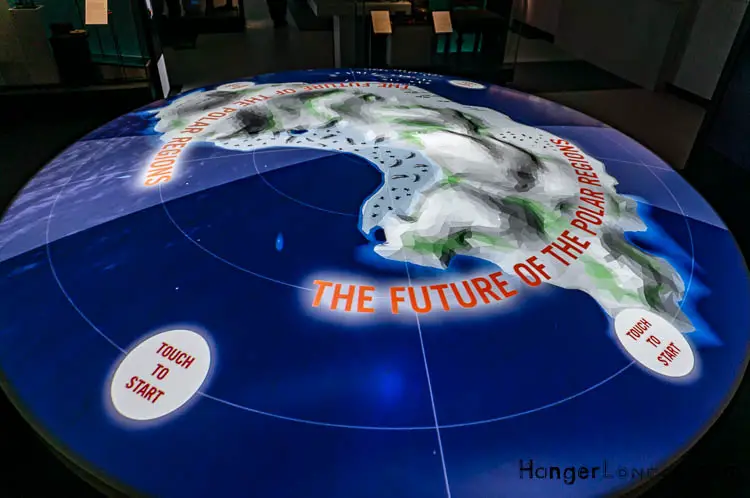
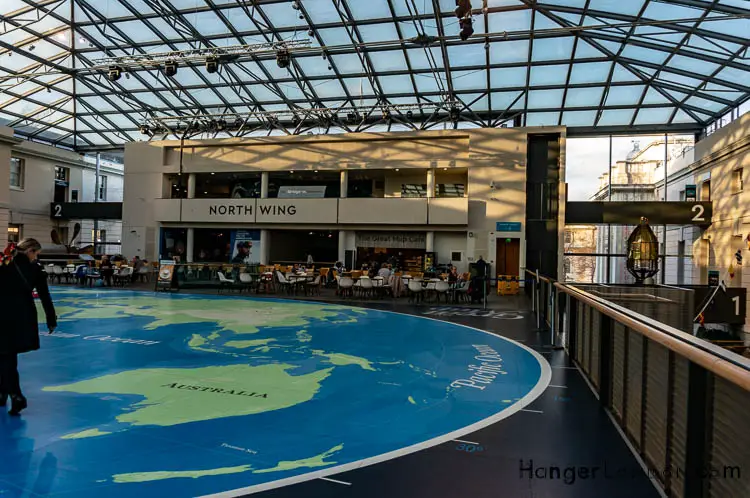
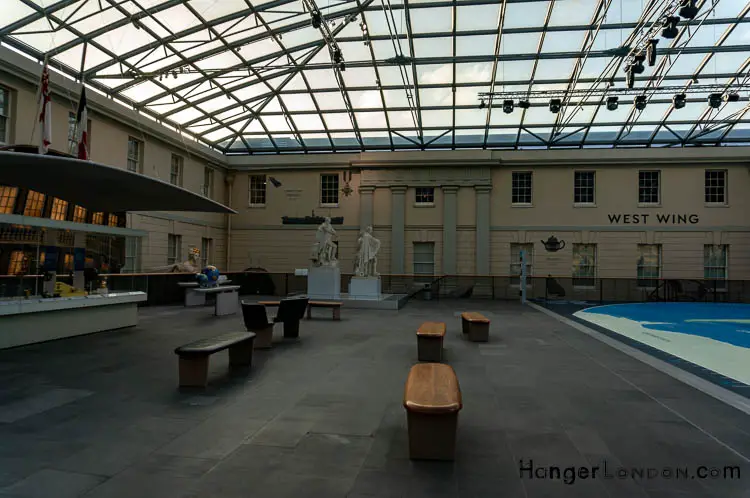
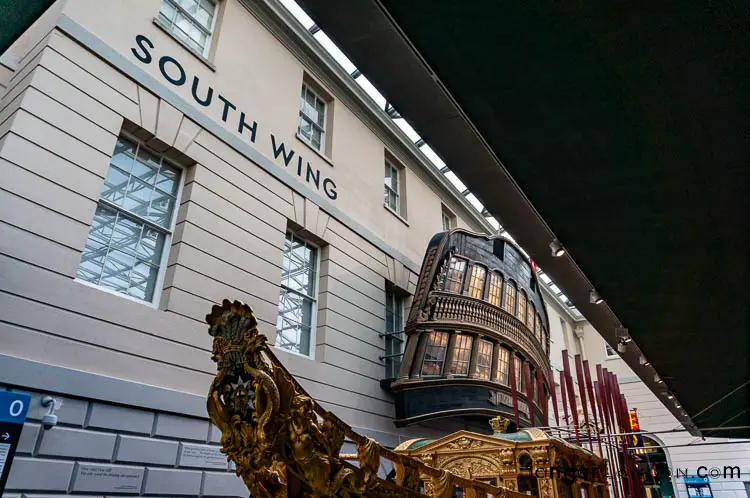
3. Pacific Encounters
The Worlds Largest and deepest ocean, advertised to tell hidden stories and histories of not only exploration but also exploitation.
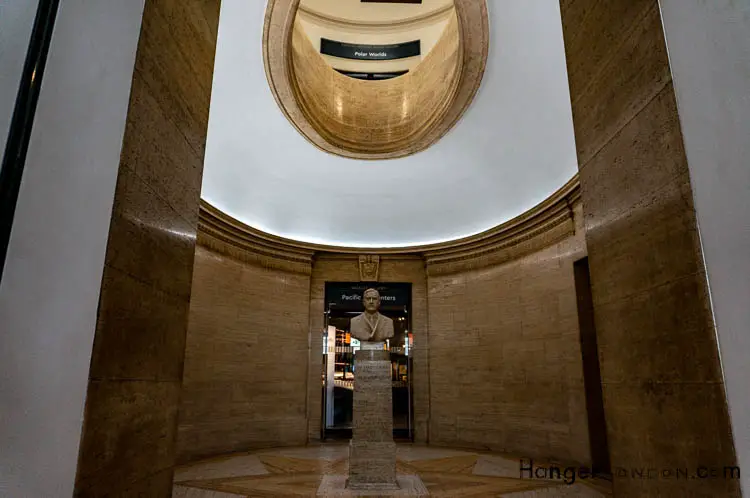
4. Sea Things
Personal Stories Social history.
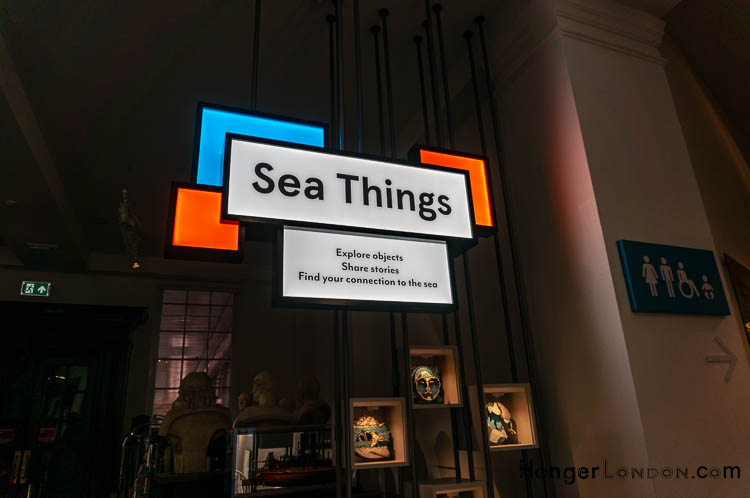
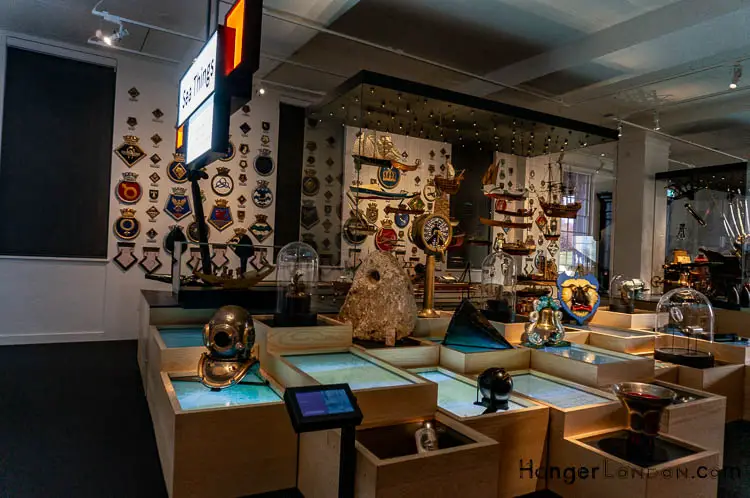
1916 Battle of Jutland Exhibition at the National Maritime Museum
Accounts from both sides of one of the largest surface sea battles. 31st May 1916 between Britain and Germany 279 ships in the North Sea. Opened to mark the Centenary of this historic event.
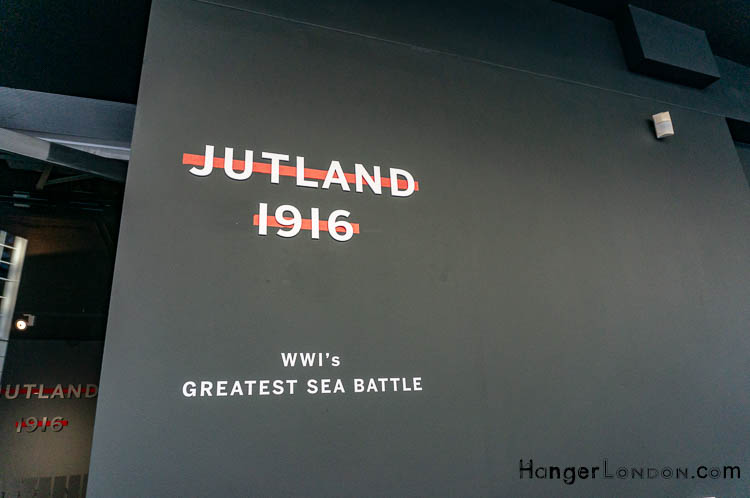
Where is Greenwich look at the map
[mappress mapid=”64″]

